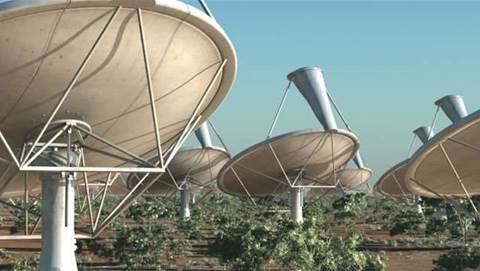
They show the Deuteronilus Mensae region, located on the northern edge of Arabia Terra and bordering the southern highlands and the northern lowlands.
Situated at approximately 39 degrees north and 23 degrees east, Deuteronilus Mensae is primarily characterised by glacial features.
The scene is dominated by a depression measuring approximately 2,000 metres in depth and 110 kilometres in diameter north to south.
Visible in the centre of the first image, the interior of the depression is characterised by dark material differing from the light-toned surrounding plains.
The ESA pointed out that it is widely believed that these valleys may have originated after intense flooding by melted water ice.
The water then froze quickly, flowing down the slopes of the depression like a glacier. Aeolian sediments eroded by the action of wind traced the flow pattern on the surface.
"One of the most striking features on Mars is the dichotomy between the southern highlands and the northern plains which are lower by up to 3km," the ESA stated.
"The boundary between these two regions is marked by a transition characterised by an intact highland zone and areas with remnant mesas and isolated eroded knobs."
The images were taken on 14 March 2005 during Mars Express orbit number 1,483.


_(22).jpg&h=140&w=231&c=1&s=0)
_(20).jpg&h=140&w=231&c=1&s=0)




_(26).jpg&w=100&c=1&s=0)

 iTnews Executive Retreat - Security Leaders Edition
iTnews Executive Retreat - Security Leaders Edition











_(1).jpg&h=140&w=231&c=1&s=0)



